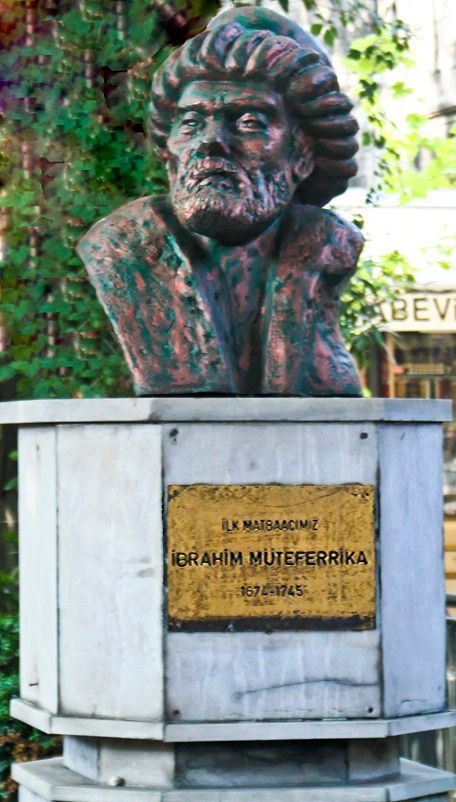What Led to the Rise and Fall of the Ottoman Empire?
Uncover the rise and fall of the Ottoman Empire, from its expansion and conquests to its ultimate collapse. Explore the Ottoman kingdom and the iconic figures that shaped its history.

The Ottoman Empire, an enduring empire that left a lasting impact on the world, is often regarded as one of the most powerful empires in history.
The Ottoman Kingdom and the Path to Conquest

Founded in 1299 by Osman I, it started as a small kingdom in modern-day Turkey and gradually expanded its territory through strategic conquests. By the 16th century, the Ottoman Empire had become a vast empire, stretching across Southeastern Europe, the Middle East, and North Africa.
Expansion and Conquests

The Ottoman Empire's expansion was driven by military prowess and strategic conquests. An important turning point occurred in 1453 when Constantinople was conquered and renamed Istanbul, establishing it as the empire's capital and solidifying its control over key trade routes.
Continued military successes led to the acquisition of territories in Europe, Asia, and Africa. One notable achievement was the conquest of the Mamluk Sultanate of Egypt in 1517, which granted the Ottomans control over vital trade routes and valuable resources.
Contributions and Achievements

The Ottoman Empire made significant contributions in various fields. Its architectural legacy includes the iconic Hagia Sophia, a grand cathedral-turned-mosque that stands as a symbol of the empire's cultural and architectural prowess.
Ottoman scholars advanced knowledge in mathematics, astronomy, and medicine, while figures like Ibrahim Muteferrika helped revolutionize the dissemination of knowledge by introducing the printing press to the empire.
The Decline and Collapse of the Ottoman Empire
Despite its early successes, the Ottoman Empire faced internal instabilities and external pressures from European powers. Additionally, nationalist movements within the empire began to challenge Ottoman rule.
Military defeats, including the Russo-Turkish War of 1877-1878, further weakened the empire. The final blow came during World War I when the Ottoman Empire aligned with the Central Powers and ultimately faced defeat.
The Enduring Legacy

While the Ottoman Empire eventually collapsed, its rich culture, architectural marvels, and historical significance continue to inspire awe and fascination. It serves as a reminder that empires, regardless of their power and grandeur, are subject to the rises and falls dictated by the currents of history.
As we explore the remarkable journey of the Ottoman Empire, we are reminded that understanding the complexities of empires and their destinies helps us comprehend the ever-changing nature of human civilization.






